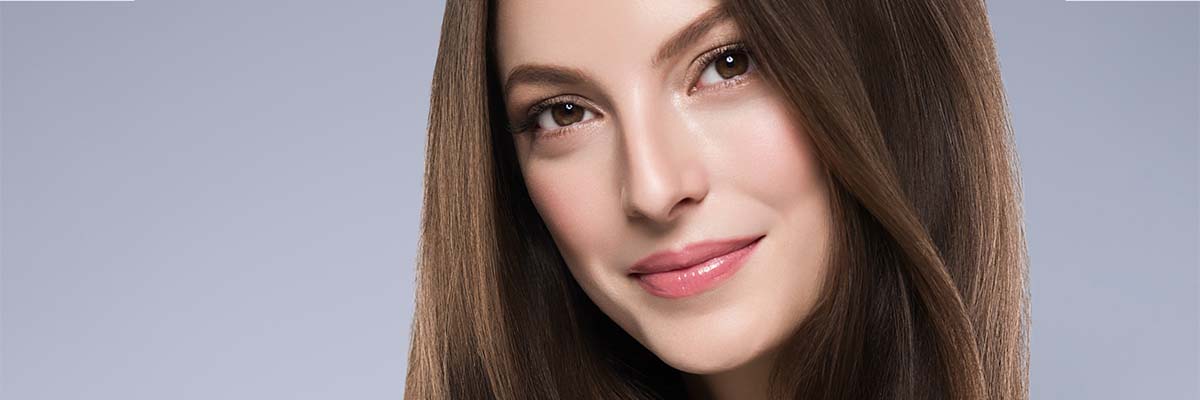Modified uvulopalatopharyngoplasty (UPPP) surgery utilizing lateral inversion flaps allows for elimination of the hyperplastic uvula, provides controlled antero-posterior shortening of the soft palate, and eliminates the scar bands and “ curtain” type effect associated with traditional UPPP procedures.
The following research conducted by Dr. Wolford discusses utilizing lateral inversion flaps during the modified uvulopalatopharyngoplasty (UPPP) surgery. This modified UPPP technique allows for elimination of the hyperplastic uvula, provides controlled anteroposterior shortening of the soft palate, and eliminates the scar bands and “ curtain” type effect associated with traditional UPPP procedures.
Modified Uvulopalatopharyngoplasty (UPPP) Utilizing Lateral Inversion Flaps
By Larry M. Wolford, DMD, Pushkar Mehra, BDS, DMD
Statement of the problem:
Traditional methods for UPPP involve excision of the uvula and posterior aspect of the soft palate with either a scalpel or laser. This results in shortening of the soft palate and uvula, but can cause scar band formation along the posterior margin of the soft palate and faucial pillars. This can cause: a “ curtain” type effect, narrowing the transverse width between the faucial pillars; inferior retraction of the soft palate; and constricture of the oropharynx, thereby negating some of the clinical efficacy of the UPPP procedure.
A modified UPPP technique is presented that shortens the soft palate and uvula, but minimizes incisions along the post border of the soft palate, thereby decreasing postoperative scar contracture, eliminating the “ curtain” type effect and leading to a more predictable postoperative outcome. The technique has been used successfully in treating sleep apnea as an independent procedure or in combination with simultaneous maxillary and mandibular surgical advancement with no evidence of velopharyngeal insufficiency, hypernasal speech, palatal stenosis or vascular compromise to the maxillary segments.
Technique:
The uvula is wedge-resected and small mucosal flaps are maintained to close the posterior border of the soft palate. Bilateral horizontal incisions are then made through the lateral aspect of the posterior faucial pillars. Blunt dissection is performed through these incisions with right-angled scissors, undermining the mucosa of the soft palate, forward and lateral base to the tuberosity. A 3-0 PDS or Vicryl suture is passed lateral to the maxillary tuberosity, and is carefully tunneled through the soft palate tissues to extrude through the incision area at the lateral aspect of the soft palate.
The suture is then passed through the lateral flap of the soft palate and the needle again tunneled submucosally to exit through the soft tissues adjacent to the entrance hole lateral to the maxillary tuberosity. This procedure is performed bilaterally. The sutures are pulled bilaterally inverting the lateral soft palate flaps into the soft palate until the soft palate is shortened by the desired amount. The sutures are then tied.
Conclusions:
This modified UPPP technique allows for elimination of the hyperplastic uvula, provides controlled antero-posterior shortening of the soft palate, and eliminates the scar bands and “ curtain” type effect associated with traditional UPPP procedures.
References:
- Riley RW, Powell N, Guilleminault C: Current surgical concepts for treating obstructive sleep apnea syndrome. J Oral Maxillofac Surg 45: 149, 1987
- Strauss RA: Laser surgery in the management of snoring and sleep apnea. J Oral Maxillofac Surg 57 (8) suppl 1: 144, 1999

